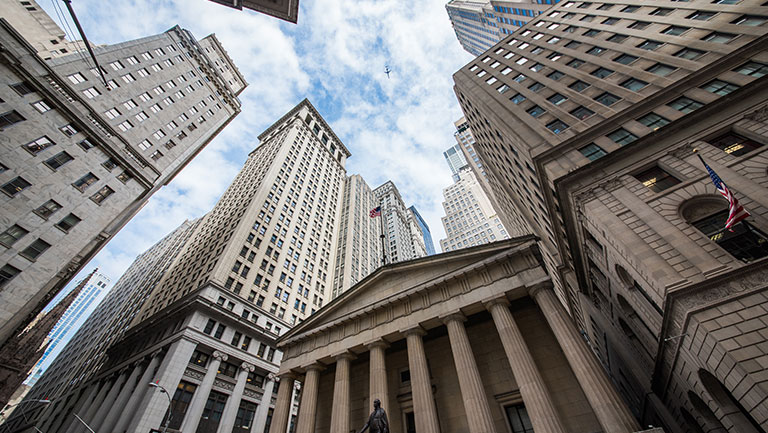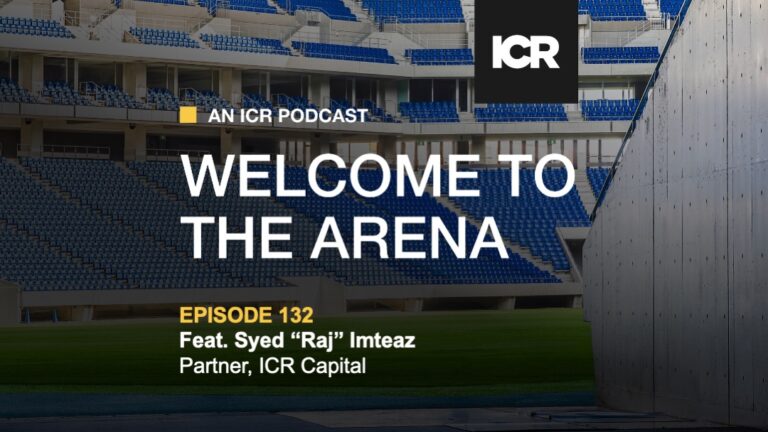Convertible Bonds FAQ: What Investors and Analysts Need to Know
Stocks and bonds each offer distinct advantages, but there’s one type of security that offers the best of both worlds: convertible bonds. Like any bond, they provide guaranteed income. However, they also offer a conversion option, allowing investors to convert the bond into shares of a company’s stock. For the issuing company, convertible bonds offer flexible financing and help minimize negative investor sentiment around equity financing, which can lead to share dilution.
In the past few years, the convertible market has grown significantly. This year, the convertible debt market is on track to reach $65-$70 billion, more than double the amount raised in 2022. To learn more about this investment option, read our FAQ below.
What is a convertible bond?
A convertible bond is a bond with fixed interest payments that can be converted into a pre-determined number of shares. These securities generally have a 5- to 7-year maturity. When they reach maturity, investors can either receive their principal back or convert their securities and receive the value of the underlying shares. While there are other types of convertible securities, convertible bonds are the most common type of convertible security in the public market. More than 90% of recent deals have come in this form.
Generally, high growth companies, such as technology and healthcare, are the biggest users of the convertible product. However, depending on market conditions, other sectors can also see significant volume. This year, several large cap, investment grade utility companies have raised sizable capital in the convertible market.
What terms are attached to a convertible bond?
A convertible bond typically has two headline terms attached to it: coupon and conversion premium. The coupon is simply the interest on the note and is significantly lower than a company’s straight debt rate. The conversion premium sets the price above reference stock price that decides how many shares per bond an investor is entitled to upon conversion. Typical convertible bond securities will have low single-digit coupons and 25-40% conversion premiums.
In a normal year, the U.S. convertible market sees about $50-60 billion of issuance. The total current size of the U.S. convertible market is around $270-280 billion across 560-570 securities.
What are some of the advantages and complexities of convertible bonds?
Convertibles have been one of the top performing asset classes of the last decade. Because they provide bond-like downside protection alongside equity upside, they largely outperform other asset classes on a risk-adjusted basis.
For issuers, convertible bonds provide an early form of debt financing with significantly lower interest payments. Convertible bond securities do not require ratings and do not have any financial covenants except for certain investor protection. They also allow issuers to issue equity at a premium to market prices, allowing for less dilution compared to issuing common stock. Issuers can also use a call spread to further hedge dilution and fine-tune a security such that dilution doesn’t occur until stock increases significantly.
Because of their hybrid nature, convertible bonds will have more complexity than straight debt and equity counterparts. For example, accounting for convertibles will depend on the settlement method chosen and impact could vary with stock price.
What is a call spread?
A call spread allows an issuer to issue a market standard security to the convertible investors and purchase a separate “insurance policy” from the banks to increase the effective conversion premium. Convertible investors want equity upside and prefer a 25-40% conversion premium instead of a higher coupon/higher premium security. However, many issuers want — and are often willing to pay for — a materially higher conversion premium (e.g., 75-100%+). Banks can bridge the gap between what issuers want and what investors want by selling a call spread to an issuer.
In recent convertible bond deals, 57% include a call spread. There are two types of call spread structures:
- Bond hedge plus warrants: Structure where the call spread is bifurcated into the purchase of a lower strike call and the sale of higher strike warrants. The cost of the bond hedge is tax deductible, but this structure is less flexible upon certain corporate events in the future and also can potentially cause “double dilution” from sold warrants.
- Capped call: Single instrument call option with a capped upside. Can be structured to receive modest tax benefits. More flexible and better accounting.
What are the basic accounting treatments and settlement methods for convertible bonds?
Previously, convertibles had to be bifurcated into original issue discount (OID) debt and equity, and the OID accretion plus the cash interest expense were reflected in the earnings per share (EPS). However, recent accounting changes have removed this requirement for bifurcation and have simplified accounting standards.
Convertible issuers have three main ways to structure the conversion settlement, but we focused on two primary strategies: flexible settlement and net share settlement.
- Flexible settlement: Settle conversions with any combination of cash and stock, at the issuer’s option. The notes will appear as a single liability on the balance sheet, and interest expense is reflected as the cash coupon. If-converted method must be used for the bond when calculating diluted EPS. Under if-converted accounting, an issuer’s diluted EPS will reflect the worse of the cash coupon and all underlying shares.
- Net share settlement: Settle conversions with cash for par plus cash, shares, or a combination for the value in excess of par at the issuer’s options. The notes will appear as a single liability on the balance sheet, and interest expense is reflected as the cash coupon. For calculation of diluted EPS, the equivalent of Treasury Stock Method is used and shares representing the value above par are included in the fully diluted share count.
How are convertible bonds treated in a change-of-control scenario?
A change of control in a convertible bond is often triggered if the company is acquired for less than 90% in shares or if the issuer is party to an M&A where the issuer’s shareholders control less than 50% of the combined voting power of the new entity. In such a case, there are two primary options for investors:
- Put at par: Put the bonds back to the issuer and receive 100% of principal amount in cash plus any accrued and unpaid interest (but not remaining coupons).
- Conversion with make-whole: Convert the bonds into shares at a higher conversion rate, consisting of (1) shares issuable upon conversion plus (2) “make-whole” shares. Make-whole shares are incremental and compensate investors for lost option value and remaining coupons. These make-whole shares are calculated by using a table included in the indenture that is set at issuance.
If the issuing company purchased a call spread to hedge against dilution, this will be unwound with banks.
What types of investors are involved in the convertible market?
The convertible market has two major types of investors: long only investors, who do not hedge equity and credit exposure, and hedge funds, who will hedge their equity exposure in order to monetize volatility. Both types of investors are important to the convertible market.
Delta hedging eliminates the equity exposure in a convertible by maintaining a variable short position against the convertible position. Hedge funds will set up their initial short position at issuance, which puts pressure on the stock during marketing. This stock price pressure can be addressed in a few ways. The company can concurrently buy back shares with the convertible offering, matching the additional supply with additional demand. Secondly, if the company purchases a call spread, the counterparty banks will buy shares to hedge their equity exposure from in the trade, counteracting some of the selling from hedge funds.
Hedge funds will also adjust their short position as the issuer’s stock price moves post-issuance; however, the trading from this strategy on a day-to-day basis is typically small relative to normal trading volumes.
Convertible bonds offer unique benefits to both investors and issuing companies, but they can be difficult to assess without a baseline understanding of how the bonds work. For a deep dive into convertible securities, listen to the ICR Capital webinar hosted with Latham & Watkins, “Demystifying Convertible Bonds for Equity and Credit Investors.”



